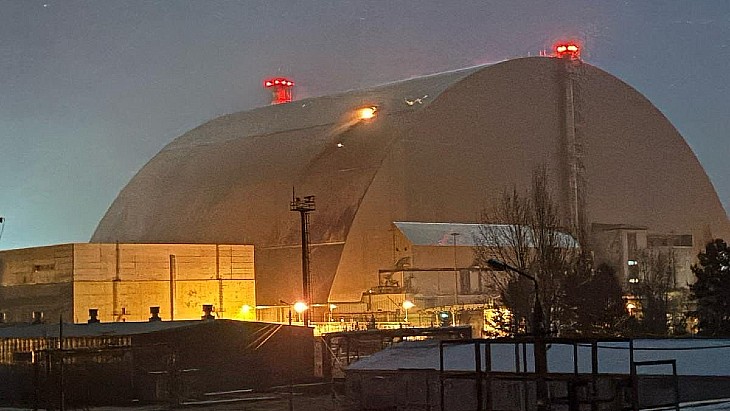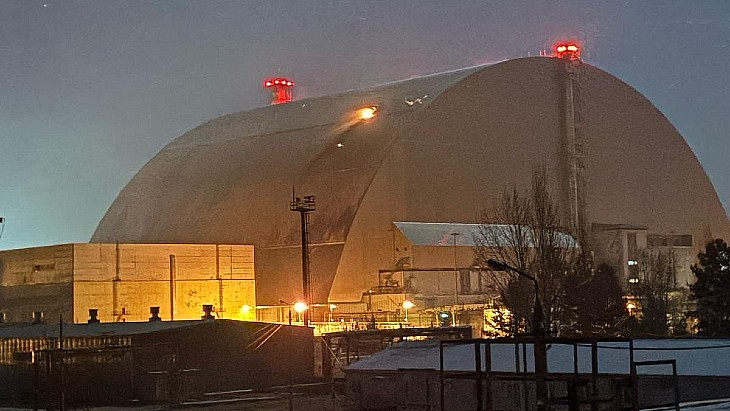A new cooling system for the fuel pond at Fukushima Daiichi 2 has rapidly reduced water temperature, but operators still struggle with huge volumes of contaminated water.
Workers have been able to enter unit 1 and clean up the air enough to begin setting up a longer term cooling system for what remains of the reactor core. But work on this scale has not been possible yet at unit 2 due to 99.9% humidity in the building. Instead, Tokyo Electric Power Company (Tepco) has focused on eliminating the source of the humidity - the warm cooling pond in the top of the sealed building.
Water from the pond has been continuously pumped through a heat exchanger since the afternoon of 31 May with the result that temperatures have dropped from 67ºC to 38ºC yesterday, already much closer to normal temperatures of around 25ºC.
The rapid reduction in temperature is expected to quickly improve conditions inside the building, and give Tepco the chance to install air filters to remove radioactive contamination as it has done at unit 1. Similar pond cooling systems are planned to operate at units 1 and 3 from the end of this month, with one at unit 4 following in the middle of July.
Water everywhere
Elsewhere on site work is soon to start on three new storage facilities. One 10,000 tonne area will hold highly contaminated water while there will be two others for medium and low contaminated water. One of these will hold 19,200 tonnes while the other will take some 140,000 tonnes. These come in addition to the Mega Float now docked at the plant, which will take 10,000 tonnes, and the central waste facility which was cleared out to take another 11,500 tonnes.
In total there are some 100,000 tonnes of water across the six reactor units: in reactor building basements, turbine building basements and trenches. The 14,000 tonnes of this at units 5 and 6 is uncontaminated, but much of the remainder presents a serious radiological hazard. Water has to be continuously pumped into the reactor pressure vessels of units 1, 2 and 3 but this goes on to accumulate in the basements and trenches. The current rate of injection totals about 20 tonnes per hour.
Efforts to remove and manage these huge bodies of water started at the end of March, first to moving them to various condensate and surge tanks within the plant buildings, then later to the central radioactive waste disposal facility and a 'miscellaneous' waste building.
However, the main pumping operations were stopped last week on suspicion of a leak. Water was being moved from unit 3's basement to the miscellaneous building but the water level there was actually observed to be dropping. Tepco thinks that a leak is allowing the unit 3 basement water to enter the trench associated with unit 2, and that it will stop when water levels are equal. But in the meantime, pumping from unit 3's basement and unit 2's trench has been stopped.
The difficult situation with accumulating contaminated water was exacerbated by Typhoon Songda this week which deposited heavy rain across the site. In the long term, Tepco is to build an Areva-supplied treatment plant that will allow water taken out of the broken reactor buildings to be pumped back in as coolant in an extended closed loop.
Researched and written
by World Nuclear News












